Looker Studio Alternative
Searching for the best alternative to Looker Studio? Analytify is unique in its easy-to-use interface and smart AI-driven insights, ensuring data analysis is a walk in the park for everyone, from beginners to experts.
In contrast to Looker Studio, Analytify provides easy one-click dashboard generation, effortless data source changing, and easy-to-consume semantic layer supporting advanced reporting without any technicalities.
As a business user or analytics enthusiast, Analytify offers speed, flexibility, and smart features. This makes it a top choice for modern analytics.
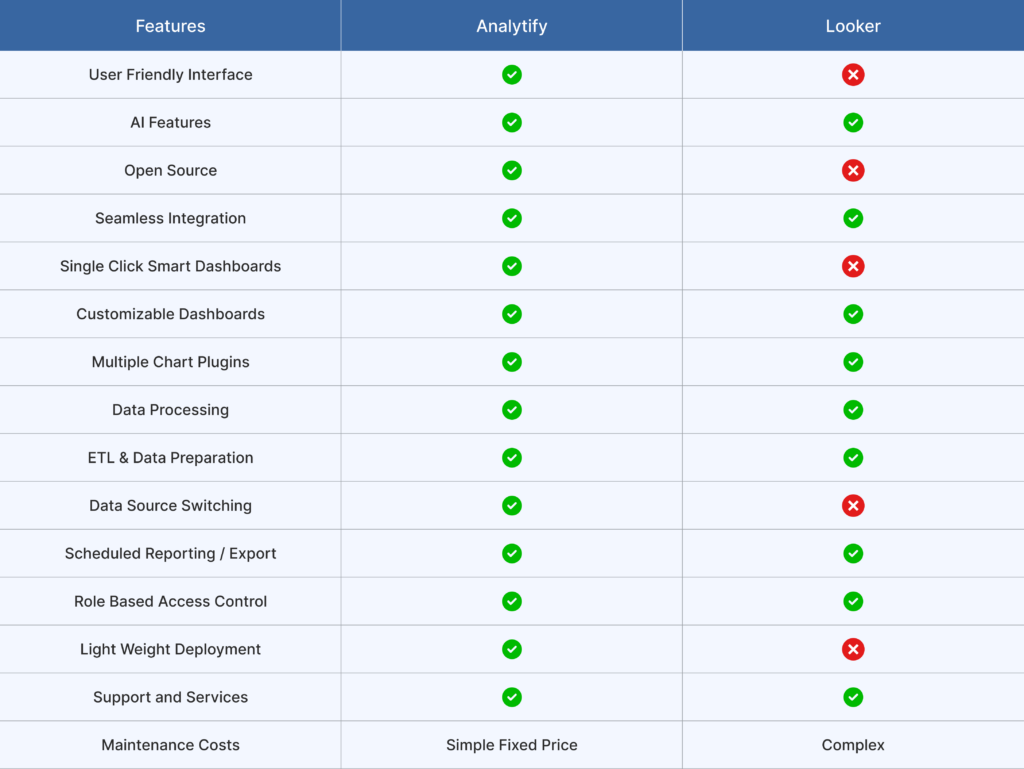
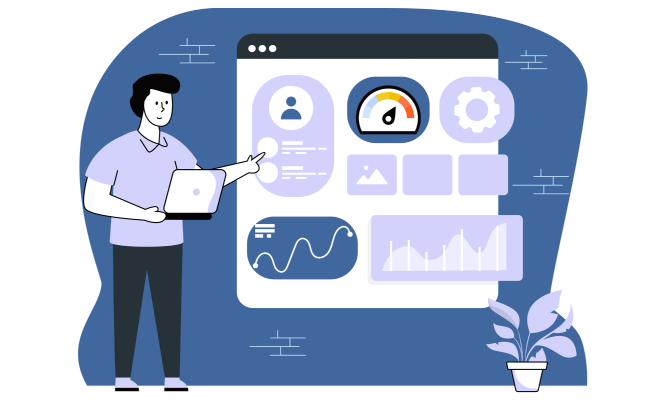
User-Friendly Interface:
Analytify: Designed to be intuitive and accessible, Analytify provides an effortless experience even for non-technical users. With a clean, responsive UI, it ensures that users can navigate data stories and dashboards with minimal learning curve.
Looker: Looker leans more towards users who are familiar with data modeling or have some technical grounding. While its interface is modern and polished, initial adoption may require user onboarding to understand LookML-based modeling and dashboard configurations.
AI-Powered Insights:
Analytify: Comes with GenieAIQ, an embedded AI engine that automatically generates charts, summaries, and highlights based on pattern recognition in the data. No setup or training is needed to access AI insights.
Looker: While Looker itself does not generate insights automatically, it supports integration with AI/ML platforms (like Vertex AI or BigQuery ML) and enables advanced analytics through embedded models—more effective when set up by analysts or engineers.
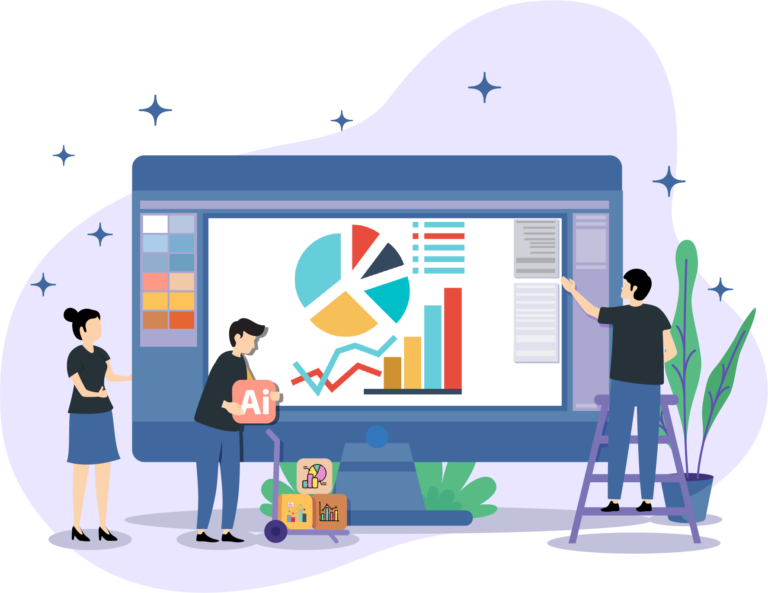

Integration Capabilities:
Analytify: Offers broad connectivity to databases, cloud services, flat files (CSV, Excel), and business apps. Its flexible integration framework supports smooth onboarding of disparate data sources into a unified reporting platform.
Looker: Looker integrates natively with Google BigQuery and other major cloud data warehouses. It’s particularly effective in cloud-native environments, though third-party or custom source integration might require developer intervention or LookML scripting.
Data Source Switching:
Analytify: makes switching data sources effortless with its one-click Data Source Switching. Users can instantly toggle between staging, production, or client-specific environments without writing code or duplicating dashboards. The dashboard updates in real-time, making it ideal for teams managing multiple versions.
Looker : manages data source switching via LookML model changes. This is controlled by developers and not accessible to end users for on-the-fly switching
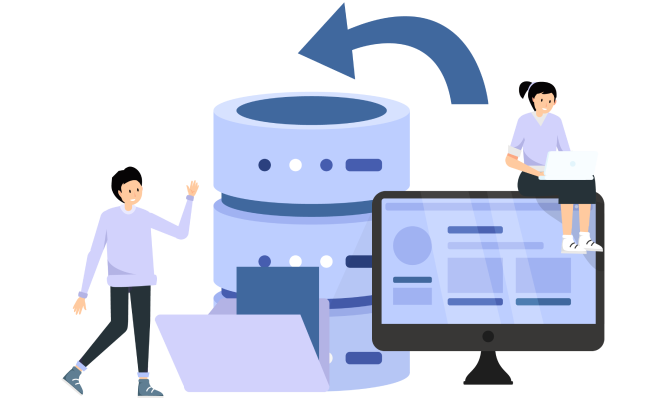

Semantic Layer:
Analytify: Features a rich semantic layer that empowers users to create drag-and-drop reports without writing SQL. It abstracts complex joins and relations, providing an intuitive logical layer for analysis.
Looker: Looker’s semantic layer, defined via LookML, is one of its strengths—but it requires modeling effort and scripting. While it allows precise control and reusability, it’s better suited for data teams than casual users.
Custom SQL Query:
Both platforms support custom SQL querying: enabling users to conduct in-depth data exploration and build complex logic. Analytify provides a code editor for SQL-based widgets, while Looker supports LookML-powered custom queries and SQL runners.

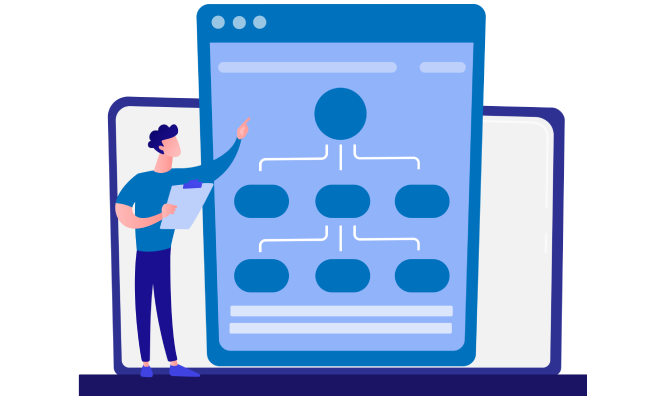
Drill Down Functionality:
Analytify: Users can click on visual elements to zoom into finer details effortlessly. The hierarchical drill-down design offers a seamless transition from summaries to specifics, without technical barriers.
Looker: Also supports drill-downs through defined “drill paths” in LookML models. However, setting them up often involves backend configuration, which may not be as straightforward for non-technical users.
Drill Through Functionality:
Analytify: Provides a smooth drill-through feature between related reports and dashboard sheets, making cross-sectional analysis intuitive and accessible directly from the dashboard.
Looker: Drill-through in Looker is flexible but more reliant on model-based definitions. The experience is powerful but often tied to the underlying LookML logic, which limits on-the-fly drill customization.
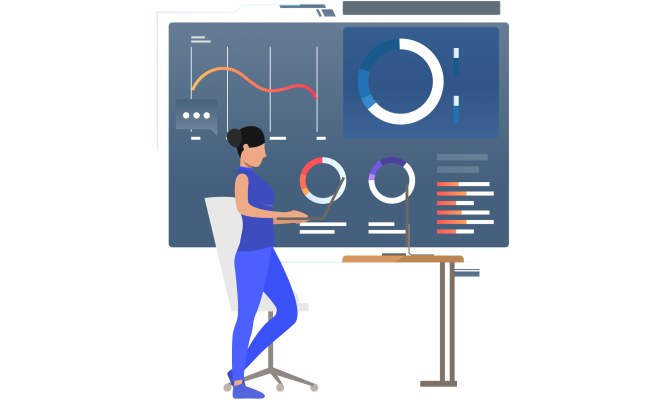

Single Click Smart Dashboards:
Analytify: The moment a user connects an integration-based data source, Analytify automatically generates a complete dashboard based on the structure and patterns in the data. This makes it incredibly fast and effortless, especially for business users who want instant insights without any setup.
Looker : does not support automatic dashboard creation upon data connection. Users must explore the data manually, define dimensions/measures, create charts, and build dashboards themselves. Even with AI enhancements like Gemini, there’s no true hands-off, one-click dashboard creation as in Analytify.
Role-Based Security:
Analytify: Offers hierarchical role-based access control with inheritance logic, which makes it easy to manage user permissions across departments. It supports fine-grained security without overwhelming the admin.
Looker: Provides robust role-based access through user groups and permissions. It is highly secure and customizable but may require knowledge of Looker’s permission model to configure correctly.


Community Support:
Analytify: Supported by an active user community and dedicated forums. The development team is responsive, and users often collaborate on use cases and share feedback through community channels.
Looker: Has a mature community backed by Google Cloud. Numerous resources, discussion forums, and expert support channels are available, although more technical in nature than community-driven.
Conclusion
if you’re searching for the best alternative to Looker Studio, Analytify delivers a user-friendly, AI-powered analytics experience that’s perfect for businesses of all sizes. With easy data integration, automatic dashboards, and smart insights, Analytify makes reporting and decision-making faster and simpler.
Ready to see Analytify in action?
